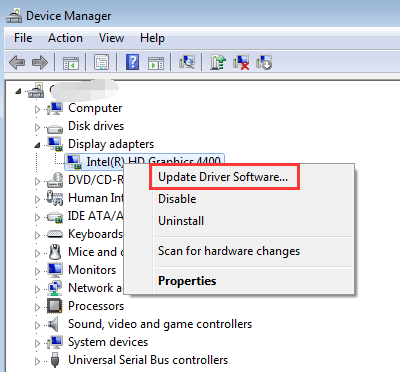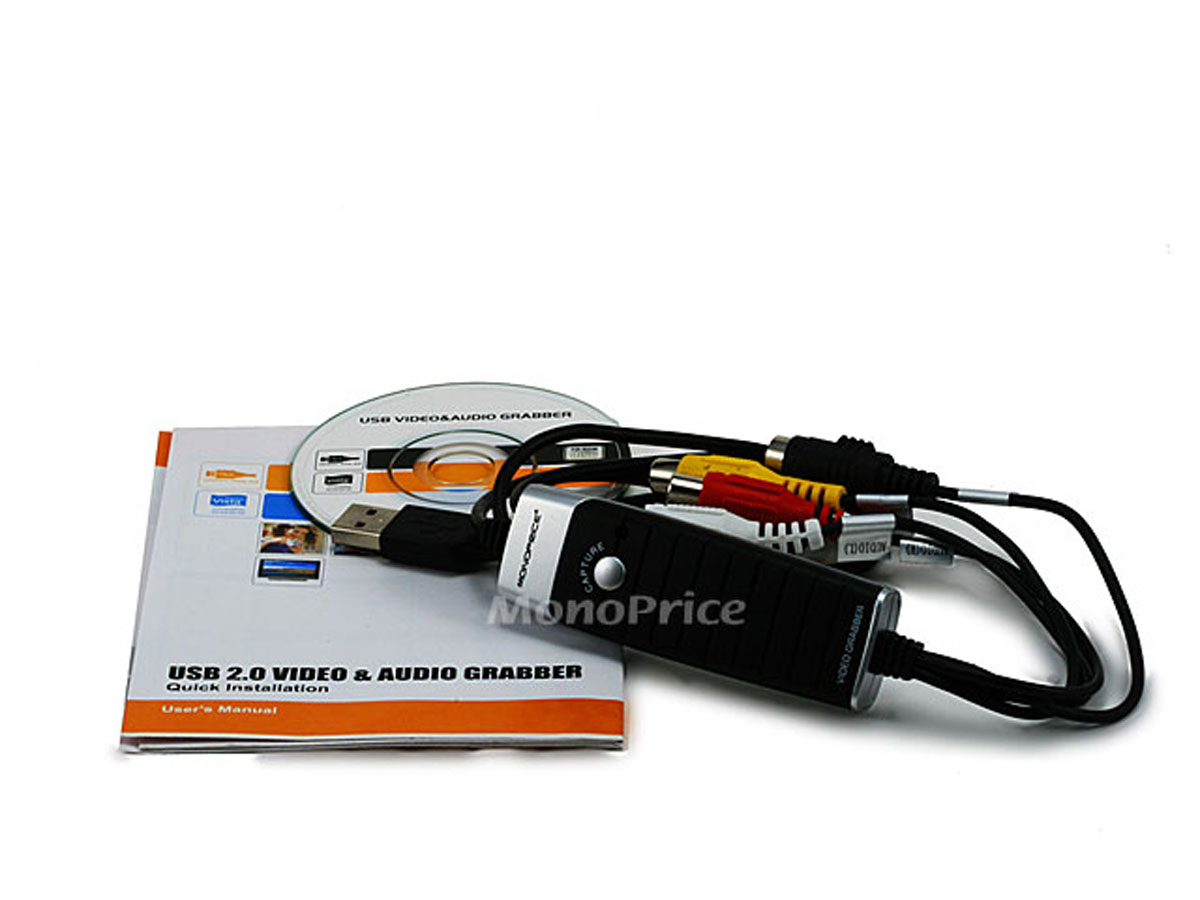For users who find the Apple mobile device USB driver is not showing up in Device Manager, it means your Apple device is not recognized on Windows 10 or the driver for Apple is missing for unknown reasons.
In this sense, you would better manage to download apple mobile device USB driver for Windows 10 to see if the Apple device can be connected to your computer. Your iPhone can’t just be recognized as a camera or in recovery mode on Windows 10.
Update USB drivers on Windows 10 automatically using Bit Driver Updater. As one can see, the methods described above to download USB drivers on Windows 10 and update them are tedious. Moreover, a few technical skills are needed to follow them. Even computing experts get stuck while following them. Download drivers for TV-tuners for free. Operating System Versions: Windows XP, 7, 8, 8.1, 10 (x64, x86). Are you tired of looking for the drivers for your devices?
In order to make your apple device work normally, for instance, import photos, videos or documents to PC, you need to download iPhone drivers for Windows 10.
Microsoft® ODBC Driver 13.1 for SQL Server® - Windows, Linux, & macOS. The Microsoft ODBC Driver for SQL Server provides native connectivity from Windows, Linux, & macOS to Microsoft SQL Server and Microsoft Azure SQL Database. The ezSniffer is an add-on to the EZ-USB FX2LP board that is widely available on ebay and similar web sites. We supply the ezSniffer mounted on an EZ-USB board, together with a USB mini cable needed by the EZ-USB board. Alternatively, we also supply the ezSniffer as a bare board. Windows Driver Downloads. Here you can download drivers for DisplayLink® USB graphics chipsets incorporated in your dock, adapter or monitor. We recommend to update to the latest driver to address any potential security issue, fix bugs, improve performance and add new features.
Related: iTunes Does Not Recognize iPhone on Windows 10
How to Download Apple Mobile Device USB Driver for Windows 10?

If you hope to install the Apple USB driver on your computer, there are several ways open to you.
While at the beginning, if you come into the Apple mobile device USB driver is missing from Windows 10, you may as well choose to uninstall the erroneous iPhone driver and then download a new one for your PC.
Way 1: Uninstall and Reinstall Apple Drivers in Device Manager
In the first place, if you wish to fix apple mobile device driver is not in Device Manager on Windows 10, just attempt to get rid of the Apple driver and then install the latest Apple USB driver in Device Manager.
It is said that Device Manager is capable of getting you updated device drivers in some cases, so for the purpose of solving apple mobile device USB driver missing from Windows 10, you can try to download the driver for your iPhone.
1. Open Device Manager.
2. In Device Manager, under Universal Serial Bus controller, right click the Apple Mobile Device USB driver to Uninstall.
3. Then tick the box of Delete the driver software for this device and then hit OK to move on.
4. Then go back to Device Manager and then under Action, click Scan for hardware changes.
5. After scanning for hardware changes, you can see the Apple Mobile Device USB driver is installed automatically for Windows 10.
Now it is likely that the updated Apple driver is downloaded from Device Manager and there is no more unavailable iPhone driver on Windows 10.
Way 2: Download iPhone Driver Manually
On the occasion where the Device Manager failed to find the apple driver for Windows 10, perhaps you have to download the driver for apple by yourself.
Out of safety, you would better decide to get the apple mobile device USB driver on the apple official site rather than the third-party website.
Just navigate to the Apple official site and then select the driver of your iPhone.
And then download, install it on Windows 10.
With this up-to-date apple mobile device USB driver in Device Manager, your apple would be detected and connected with your computer.
Or for some people who have no time or energy to download the driver by yourself, you can also choose to download apple mobile USB driver automatically by a driver downloading tool.
Tips: How to Fix iPhone or iPad Not Recognized on Windows 10?
Normally, once the new Apple mobile device USB driver is downloaded on Windows 10 when you manage to connect the iPhone or iPad to Windows 10, it will be recognized automatically.
If not, maybe you can try to unplug and then plug in the phone again to see if it works.
In a word, no matter you are to download apple mobile device USB driver just to update the driver for Windows 10 or to resolve apple driver is not showing up in Device Manager on Windows 10, these threes methods are always available for you.
Related Articles:
-->Versions supported
- Windows 10
- Windows 8.1
Applies to
- Device manufacturers of CDC Control devices
Microsoft-provided in-box driver (Usbser.sys) for your Communications and CDC Control device.
In Windows 10, the driver has been rewritten by using the Kernel-Mode Driver Framework that improves the overall stability of the driver.
- Improved PnP and power management by the driver (such as, handling surprise removal).
- Added power management features such as USB Selective Suspend.

In addition, UWP applications can now use the APIs provided by the new Windows.Devices.SerialCommunication namespace that allow apps to talk to these devices.
Usbser.sys installation
Load the Microsoft-provided in-box driver (Usbser.sys) for your Communications and CDC Control device.
Note
If you trying to install a USB device class driver included in Windows, you do not need to download the driver. They are installed automatically. If they are not installed automatically, contact the device manufacturer. For the list of USB device class driver included in Windows, see USB device class drivers included in Windows.
Windows 10
In Windows 10, a new INF, Usbser.inf, has been added to %Systemroot%Inf that loads Usbser.sys as the function device object (FDO) in the device stack. If your device belongs to the Communications and CDC Control device class, Usbser.sys is loaded automatically.You do not need to write your own INF to reference the driver. The driver is loaded based on a compatible ID match similar to other USB device class drivers included in Windows.
USBClass_02
USBClass_02&SubClass_02
- If you want to load Usbser.sys automatically, set the class code to 02 and subclass code to 02 in the Device Descriptor. For more information, see USB communications device class. With this approach, you are not required to distribute INF files for your device because the system uses Usbser.inf.
- If your device specifies class code 02 but a subclass code value other than 02, Usbser.sys does not load automatically. Pnp Manager tries to find a driver. If a suitable driver is not found, the device might not have a driver loaded. In this case, you might have to load your own driver or write an INF that references another in-box driver.
- If your device specifies class and subclass codes to 02, and you want to load another driver instead of Usbser.sys, you have to write an INF that specifies the hardware ID of the device and the driver to install. For examples, look through the INF files included with sample drivers and find devices similar to your device. For information about INF sections, see Overview of INF Files.
Note
Microsoft encourages you to use in-box drivers whenever possible. On mobile editions of Windows, such as Windows 10 Mobile, only drivers that are part of the operating system are loaded. Unlike desktop editions, it is not possible to load a driver through an external driver package. With the new in-box INF, Usbser.sys is automatically loaded if a USB-to-serial device is detected on the mobile device.
Windows 8.1 and earlier versions
In Windows 8.1 and earlier versions of the operating system, Usbser.sys is not automatically loaded when a USB-to-serial device is attached to a computer. To load the driver, you need to write an INF that references the modem INF (mdmcpq.inf) by using the Include directive. The directive is required for instantiating the service, copying inbox binaries, and registering a device interface GUID that applications require to find the device and talk to it. That INF specifies 'Usbser' as a lower filter driver in a device stack.
The INF also needs to specify the device setup class as Modem to use mdmcpq.inf. Under the [Version] section of the INF, specify the Modem and the device class GUID. for details, see System-Supplied Device Setup Classes.
Ez Display Usb Devices Driver Download For Windows 7
For more information, see this KB article.
Configure selective suspend for Usbser.sys
Starting in Windows 10, Usbser.sys supports USB Selective Suspend. It allows the attached USB-to-serial device to enter a low power state when not in use, while the system remains in the S0 state. When communication with the device resumes, the device can leave the Suspend state and resume Working state. The feature is disabled by default and can be enabled and configured by setting the IdleUsbSelectiveSuspendPolicy entry under this registry key:
To configure power management features of Usbser.sys, you can set IdleUsbSelectiveSuspendPolicy to:
'0x00000001': Enters selective suspend when idle, that is, when there are no active data transfers to or from the device.
'0x00000000': Enters selective suspend only when there are no open handles to the device.
Ez Display USB Devices Driver Download For Windows
That entry can be added in one of two ways:
Write an INF that references the install INF and add the registry entry in the HW.AddReg section.
Describe the registry entry in an extended properties OS feature descriptor. Add a custom property section that sets the bPropertyName field to a Unicode string, 'IdleUsbSelectiveSuspendPolicy' and wPropertyNameLength to 62 bytes. Set the bPropertyData field to '0x00000001' or '0x00000000'. The property values are stored as little-endian 32-bit integers.
For more information, see Microsoft OS Descriptors.
Develop Windows applications for a USB CDC device
If you install Usbser.sys for the USB CDC device, here are the application programming model options:
Starting in Windows 10, a Windows app can send requests to Usbser.sys by using the Windows.Devices.SerialCommunication namespace. It defines Windows Runtime classes that can use to communicate with a USB CDC device through a serial port or some abstraction of a serial port. The classes provide functionality to discover such serial device, read and write data, and control serial-specific properties for flow control, such as setting baud rate, signal states.
In Windows 8.1 and earlier versions, you can write a Windows desktop application that opens a virtual COM port and communicates with the device. For more information, see:
Win32 programming model:
.NET framework programming model:
Related topics
